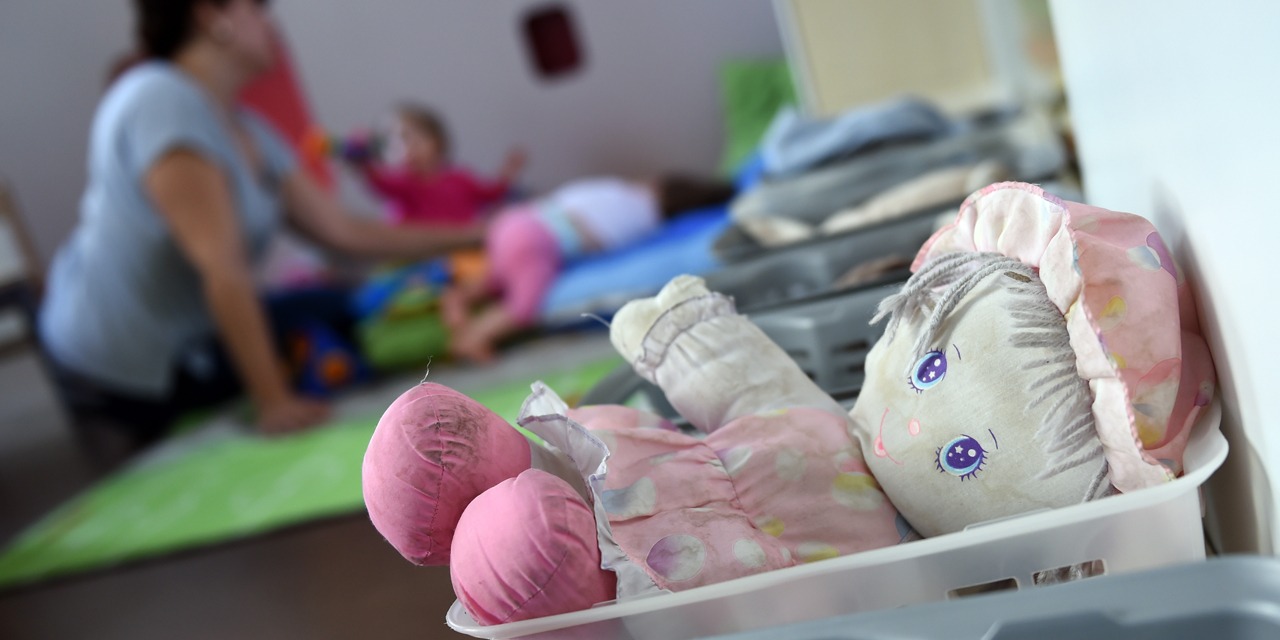Lameness in children is an anomaly that manifests itself by refusing or unable to walk. Sometimes taken for simulation by parents, lameness must however be taken seriously because it hides another problem, according to our columnist and doctor Jimmy Mohamed, who takes the opportunity to detail the reactions to have when faced with this symptom, at the microphone from Europe 1.
According to the doctor, a child who does not walk must be taken seriously because it is a reaction to a problem that he cannot verbalize. This lameness, this refusal or inability to walk, can be linked to a trauma such as a fracture in the hip, the foot following a fall in a slide or a leg trapped in the bars of the bed.
A child who is not old enough to walk can also be affected: he will for example go on all fours clumsily. The reflex for the parent is to take the temperature of his child and take him to the doctor.
>> Find the whole of Sans rendez-vous in replay and podcast here
"All lameness must be taken seriously"
If the child accumulates, lameness and fever, it is necessary to consult urgently, as this can be an emergency requiring special treatment such as an infection. Jimmy Mohamed insists: "All lameness must be taken seriously and must lead to consultation. Not necessarily in the emergency room, unless he also has a fever."
One of the frequent pathologies between three and ten years old, especially in boys and in winter, is hip cold. We don't quite know the mechanism, but it happens quite suddenly when you wake up. Child refuses to walk or cannot walk. Despite this, he is fine.
This can come from an ENT infection or a cured nasopharyngitis, which dates back a few weeks. The treatment is simple: a little rest, sometimes anti-inflammatory drugs and an ultrasound to see if there is not a small inflammation in the hip and it healed without sequelae.

